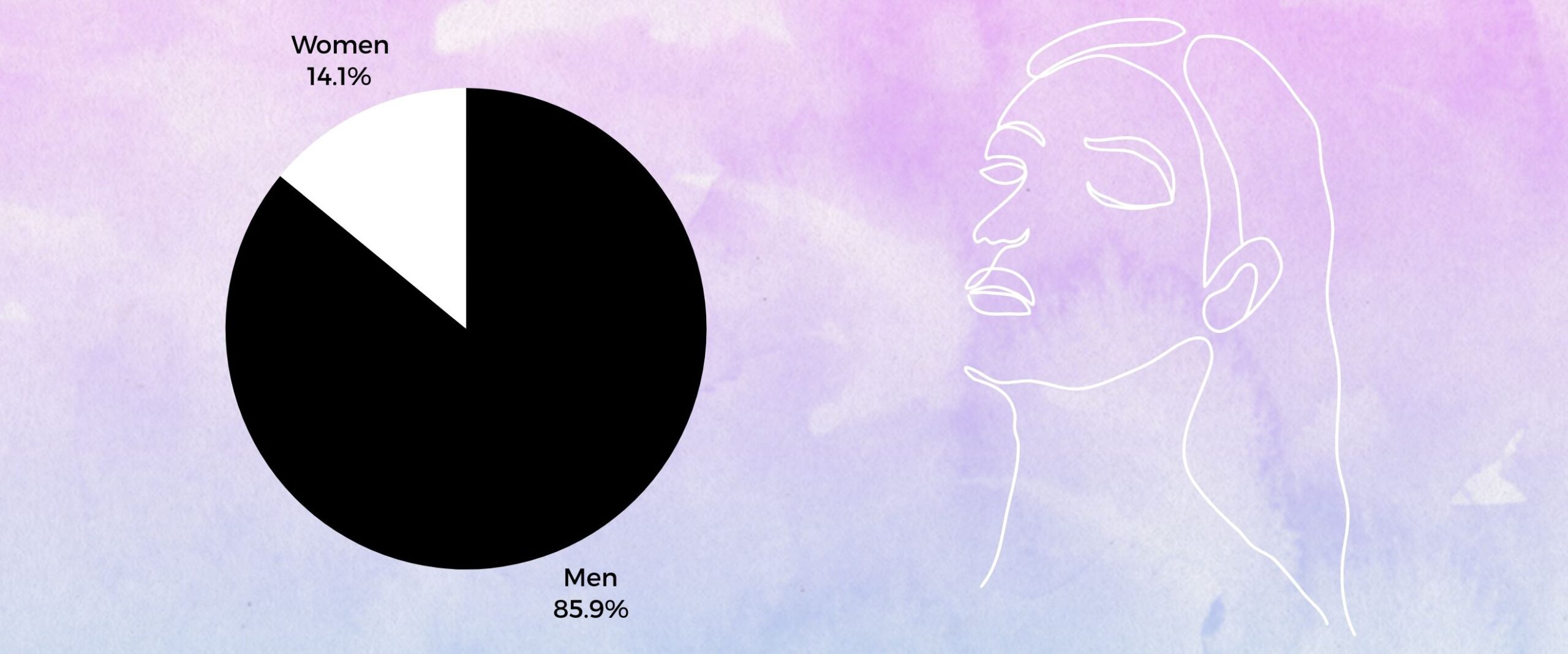Court Data
Representation of women judges in High Courts has improved only by 3 percent in three years | August 2024
While the P&H High Court tops the list in absolute numbers, data indicates that improvement in gender representation is largely inadequate

As of 1 August 2024, 14 percent of sitting judges across High Courts in India are women. Just two High Courts have women Chief Justices. There seems to be only a marginal increase in the number of women in High Courts from 13 percent as of June 2023 and 11 percent in March 2022 and June 2021. Currently, 106 out of 754 judges in High Courts are women.
Vacancies in High Courts are a mounting problem, particularly viewed against the almost 60 lakh cases pending across these High Courts, as of the end of August 2024. As many as 360 vacancies remain unfilled.
Number of women judges in each High Court
Figure 1 plots the number of women judges in each High Court. The Punjab and Haryana High Court tops the list with 14 women judges. It is one of three High Courts to have 10 or more women on the bench. Six High Courts have between five and nine women judges. Six High Courts have between two and four judges. As many as eight High Courts have just one woman judge on the bench. The High Court’s of Meghalaya and Tripura have no women judges.
While Figure 1 plots the number of women judges in court in absolute numbers, it does not take into account the total number of judges currently sitting in the court. For instance, since there are only three judges sitting in the Sikkim Court, even one judge on the bench would bring women’s representation to 33.33 percent.
Percentage of women judges among sitting judges of High Courts
Figure 2 shows the absolute number of women judges in each High Court and the percentage of women among the sitting judges. The order in which the High Courts are listed is the same as Figure 1 for easier comparison. It is evident that the courts with the most number of judges are not always the courts with the most amount of proportional representation of women.
The High Courts of Punjab and Haryana (14), Madras (12) and Bombay (10) top the list in absolute numbers. However, the Madras and Bombay High Courts both have less than 20 percent women on the bench. The High Courts of Karnataka and Calcutta, with more than 5 judges in each court, also fall short of reaching even 20 percent of women.
In contrast, the High Courts of Sikkim (33 percent), Telangana (29.6 percent) and Gujarat (27.5 percent) top the charts in representation percentage.
When only absolute numbers are considered, the High Court’s of Patna, Sikkim and Uttarakhand are among the courts with just one judge, indicating a lack of gender diversity. However, with actual sitting strength considered, Uttarakhand shows 14 percent women, Sikkim tops the list with 33 percent. Patna fare poorly on both counts—there is only 1 woman judge out of 34 sitting judges in that court (2.9 percent).
The sanctioned strength is reviewed every three years.
Figure 3 shows the number of men and women judges across High Courts, along with the vacancies in each court. The total figure is the sanctioned strength.
The number of vacancies in High Courts is a cause for concern, but also provides an opportunity for improving the bench’s gender diversity. However, members of the Supreme Court Collegium have often commented that their efforts to bring more women judges on board are stymied by the lack of eligible candidates in the selection pool. Former Supreme Court judge Justice S.K. Kaul told the Supreme Court Observer that the Collegium often relaxes the standard to ensure a more diverse bench, but it still struggles to land on the right candidate in the right age group.